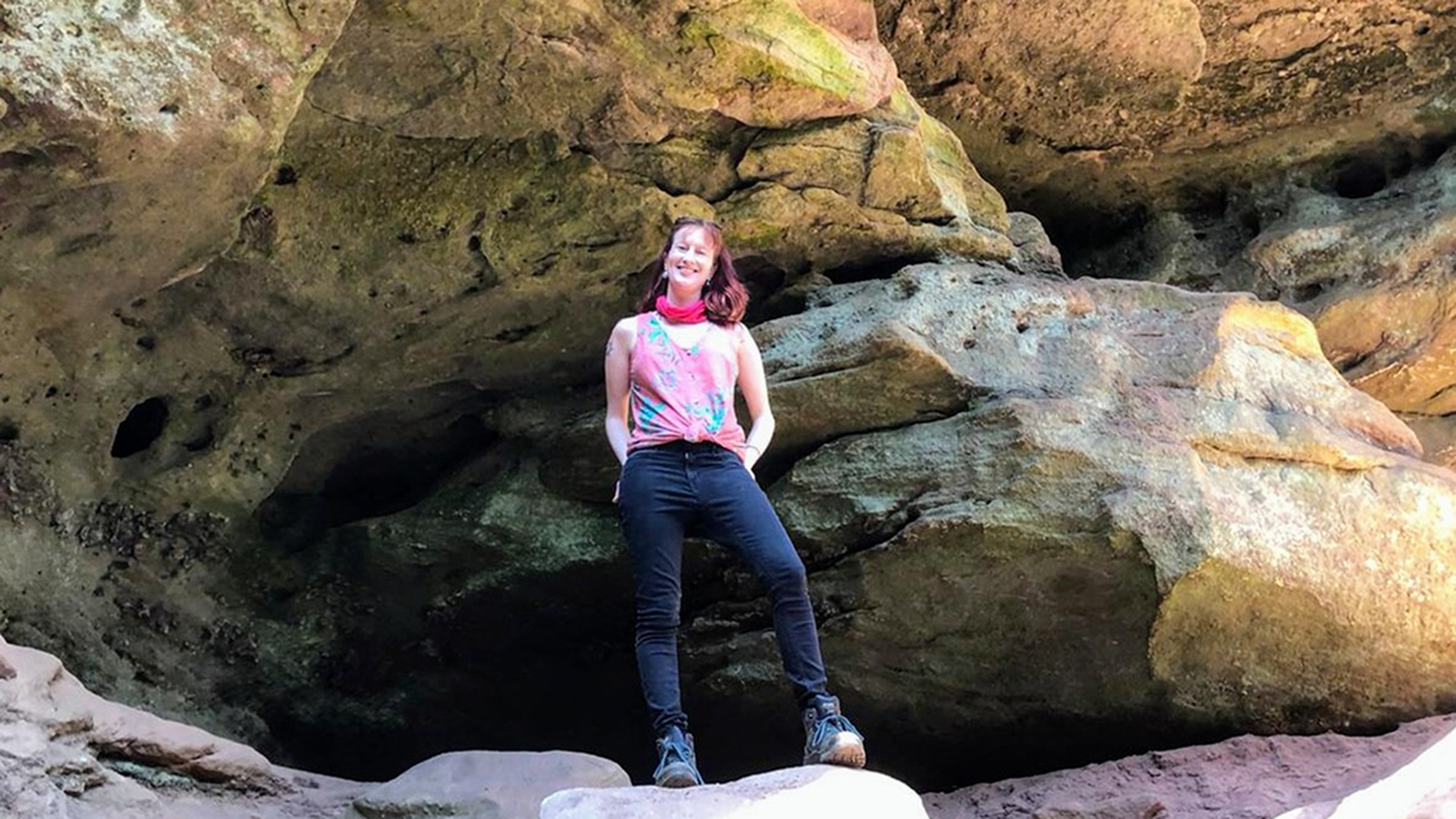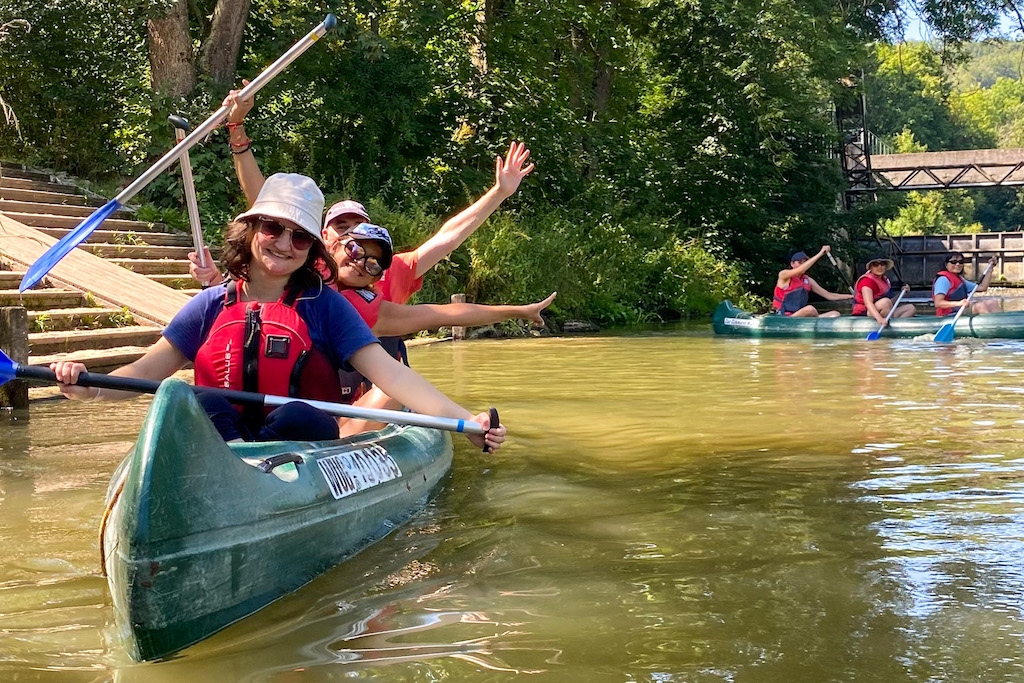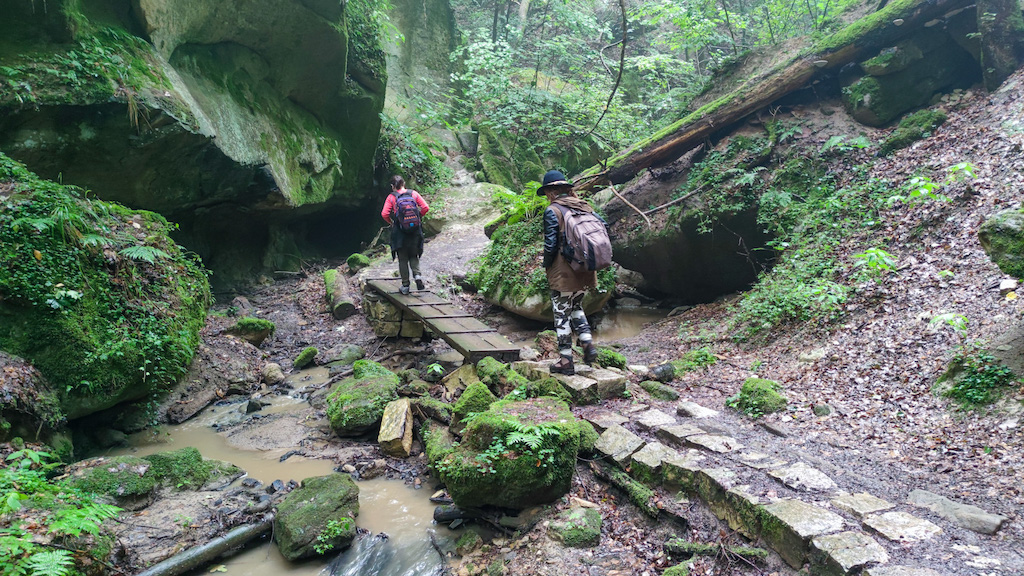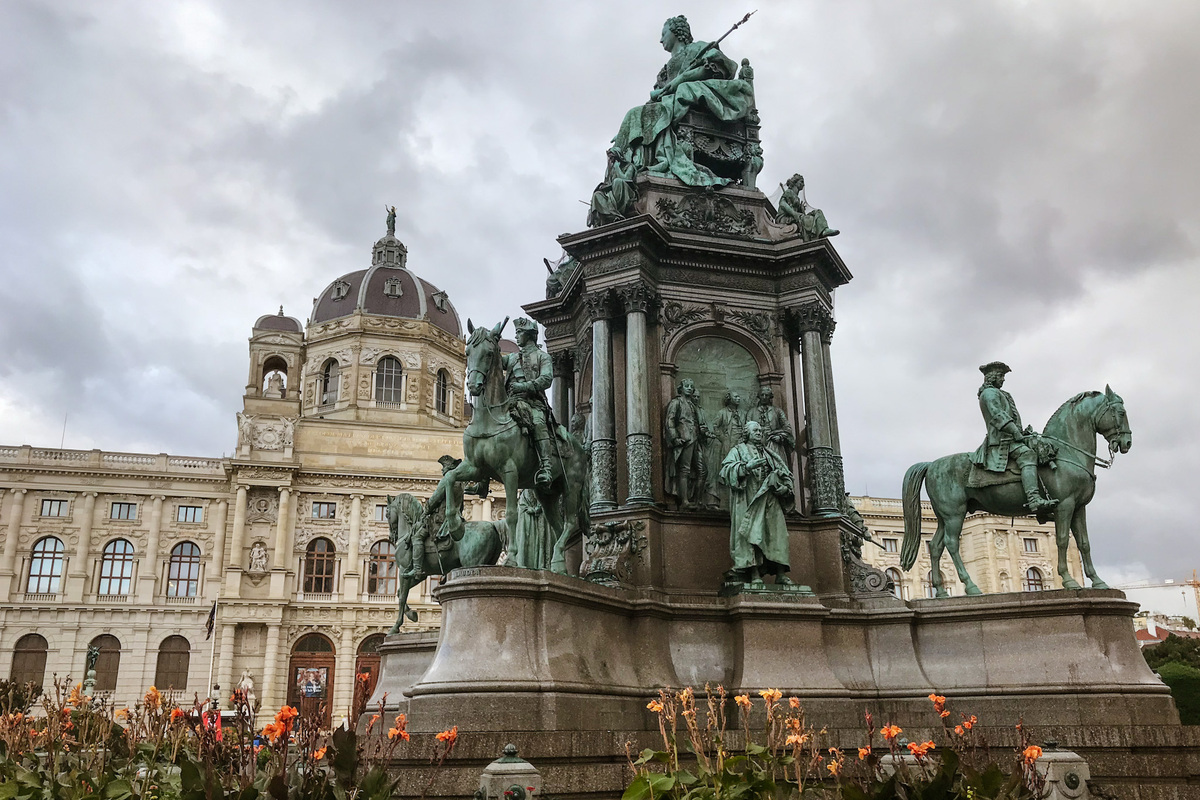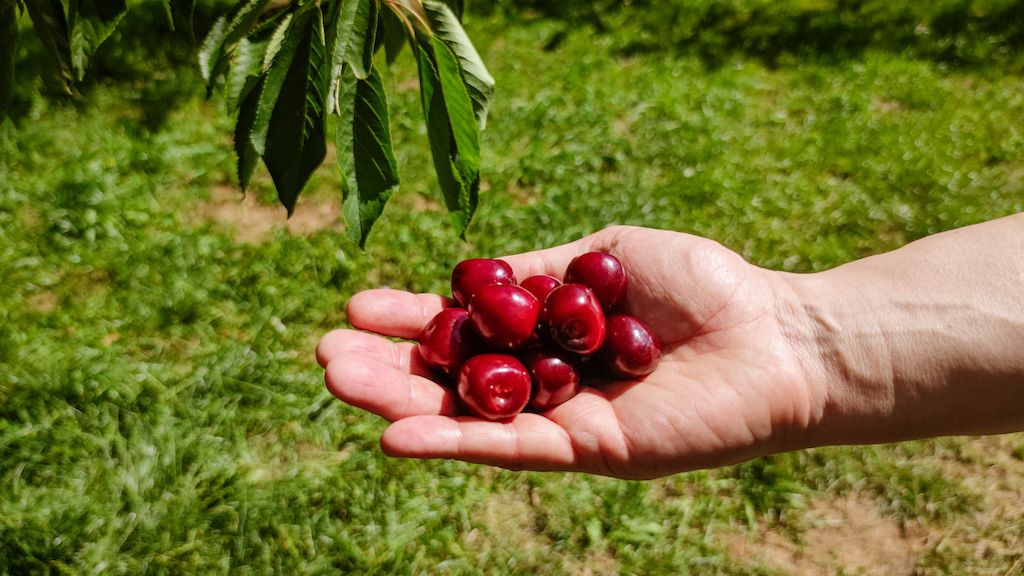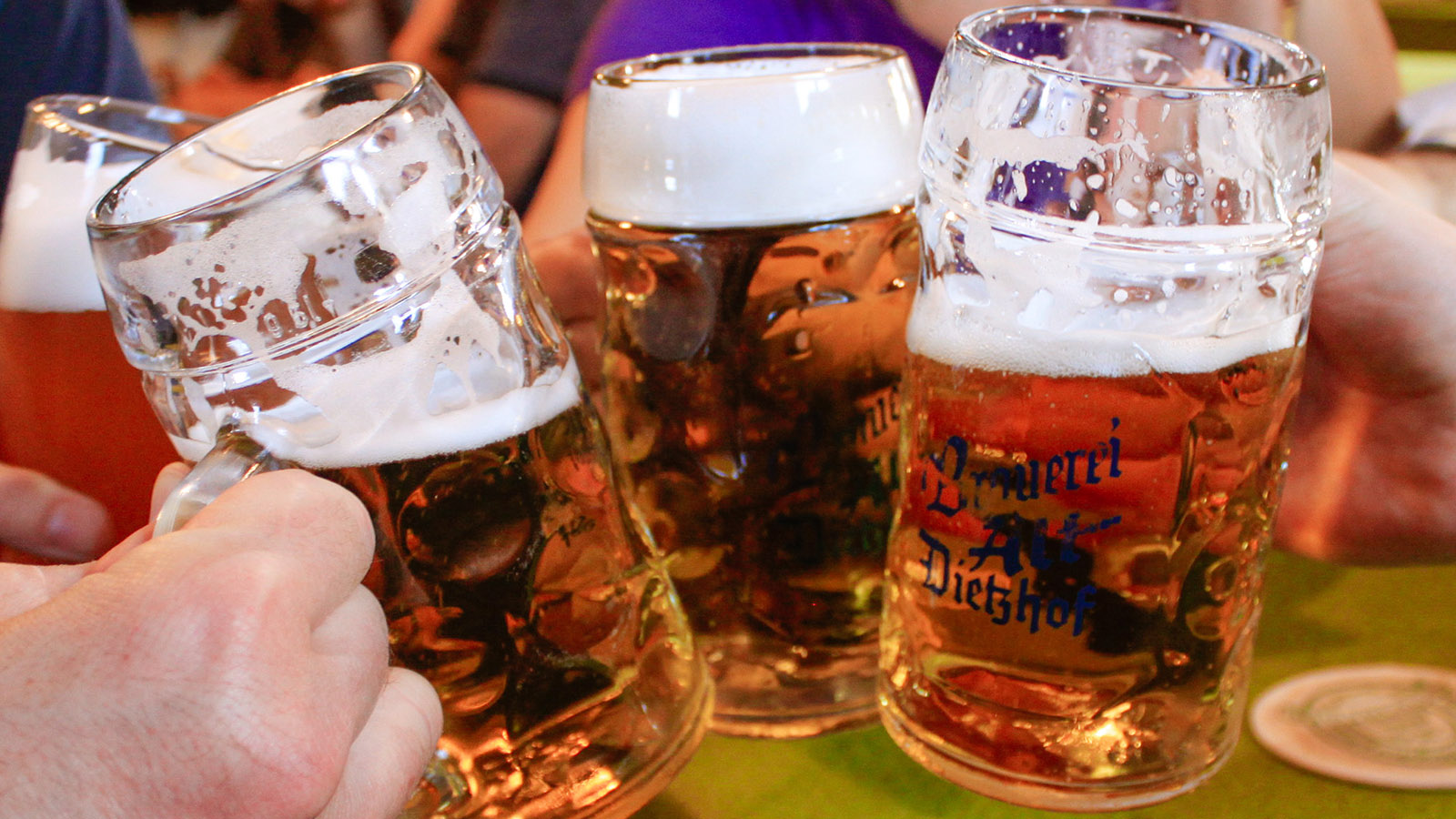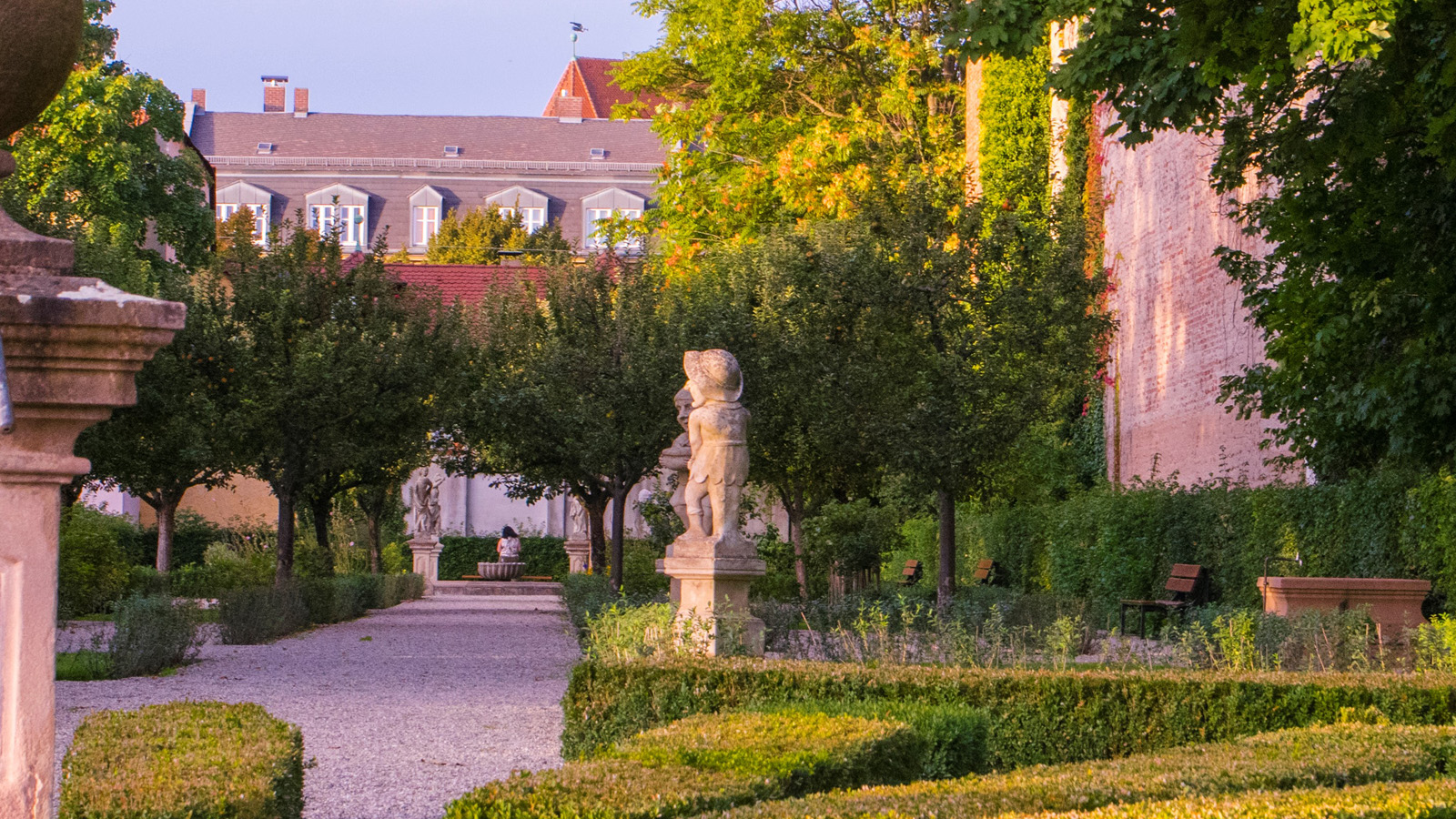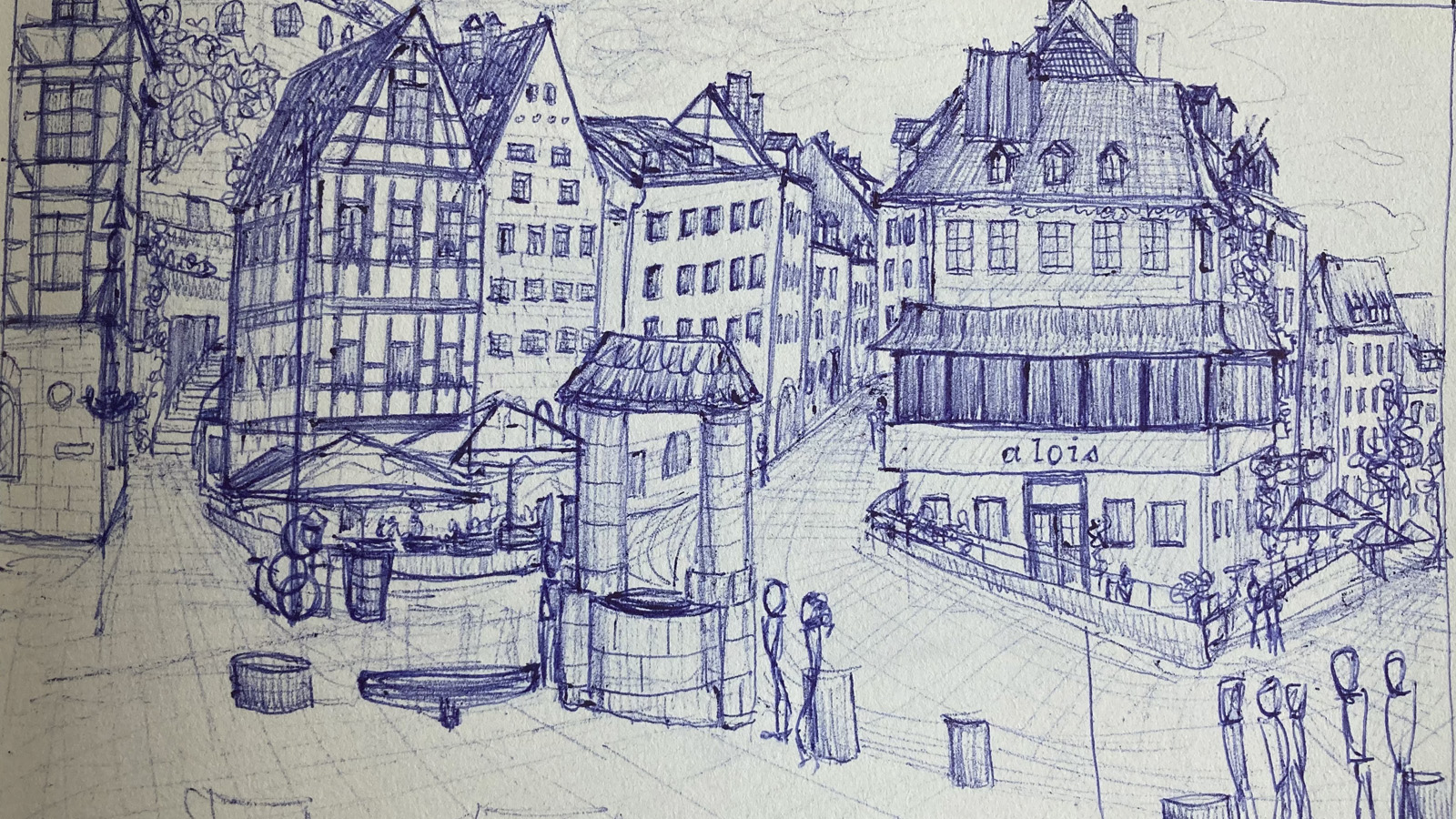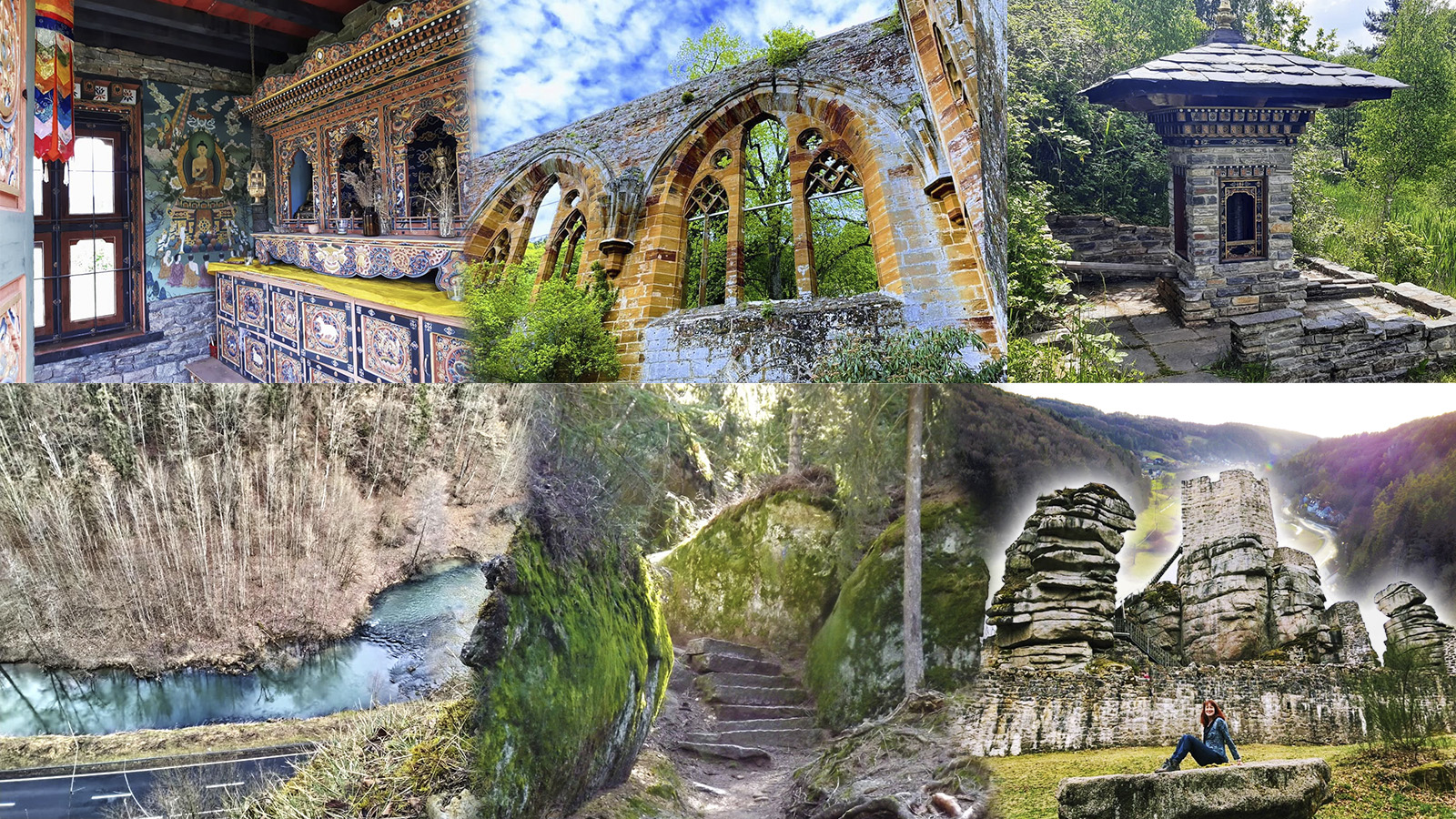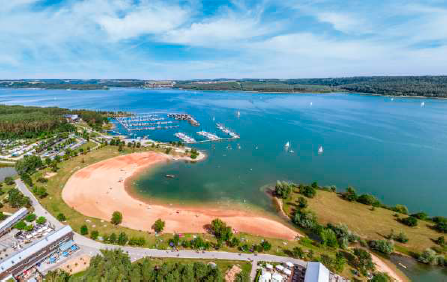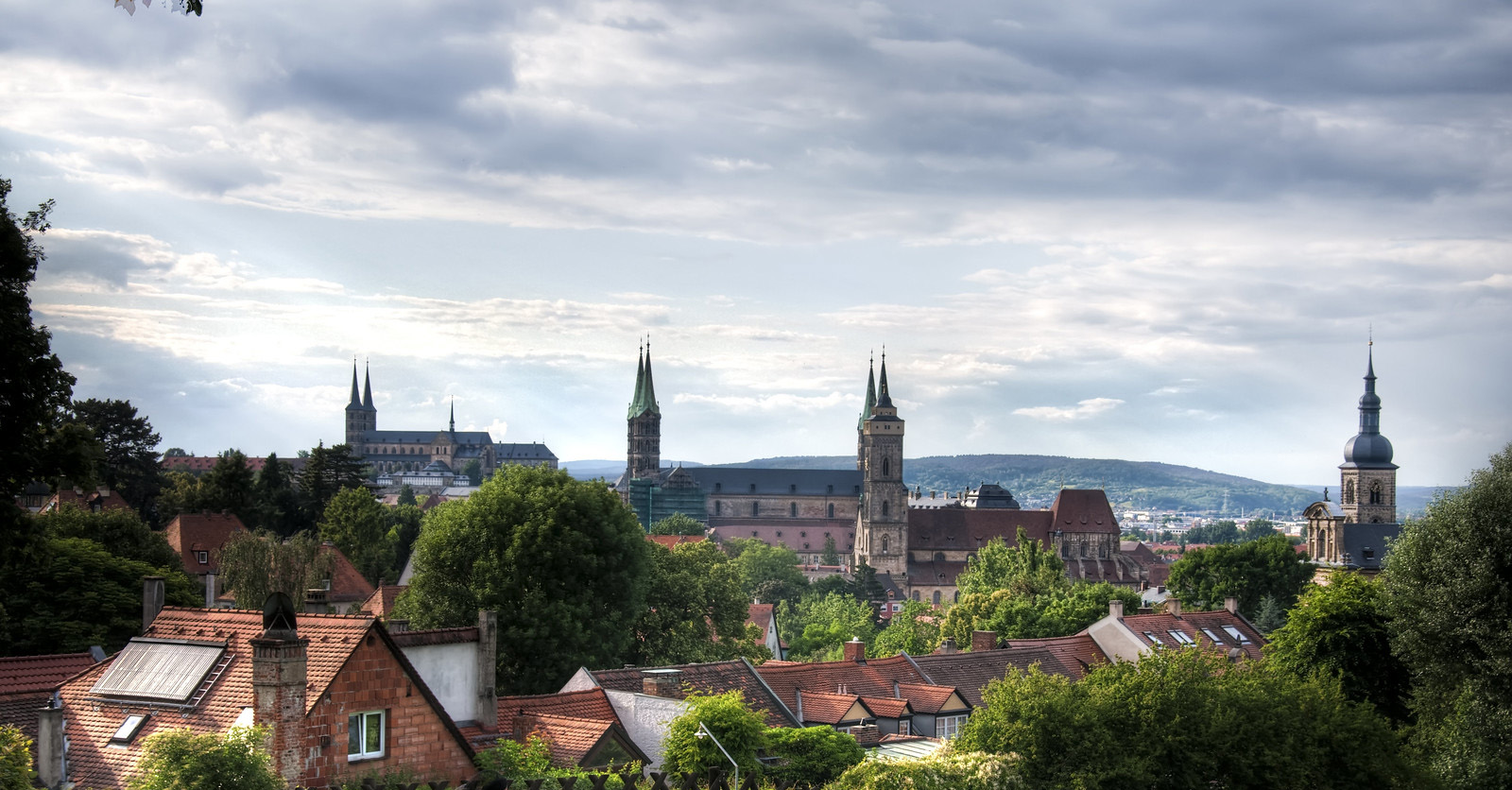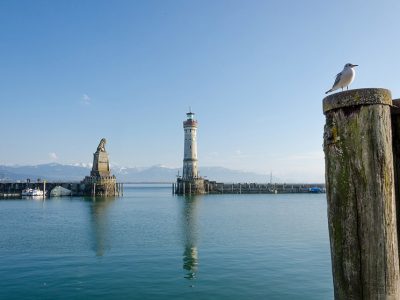Bavaria is an amazing place to explore, full of history and hidden forests with a range
of time periods to explore, full of castles and preserved, ancient civilizations. The wildlife found in the countryside is diverse, including a range of birds of prey, owls, martens, squirrel, and deer.
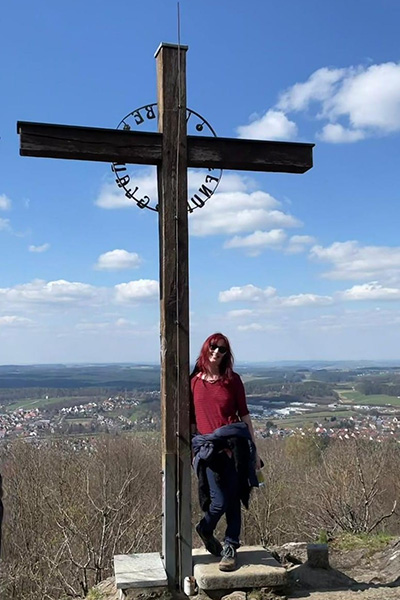
Walberla, the highest hill in Franconia.
Photo © Tammie White
Bavaria is also a conservative area, moving here was full of paperwork, I think it is important to take time to really explore and understand the area. An alternative to actually moving here and throwing myself into the bureaucracy of registering, permits and converting my car registration to German, would have been a couple of trips, each of a few weeks! However, you manage to explore the area, it is worth the effort. Being here for a second year, really helped me to understand the region much more.
As a biologist and climber, I am drawn towards locations of natural beauty. Before writing this, I counted more than 40 such places that I have been privileged to experience in the Bavarian region over the last two years. Out of these 40, you can find my top 10 by following this link.
After years of working as a teacher in the UK, a recruiter approached me with an open position for a biology teacher in Franconia. Since I was looking for a new adventure, I said yes, and just two months later, I was on a ferry from the British city of Hull crossing the North Sea to Rotterdam, excited by the prospect of driving on the right-hand side of the road for the first time! Worried about the stresses that come with the life-changing decision to move abroad, I decided to approach the ordeal with the mindset of being on an extended travel adventure. I felt this would help me through the initial turmoil of so many changes in life and would reduce the pressure of trying to settle too quickly.
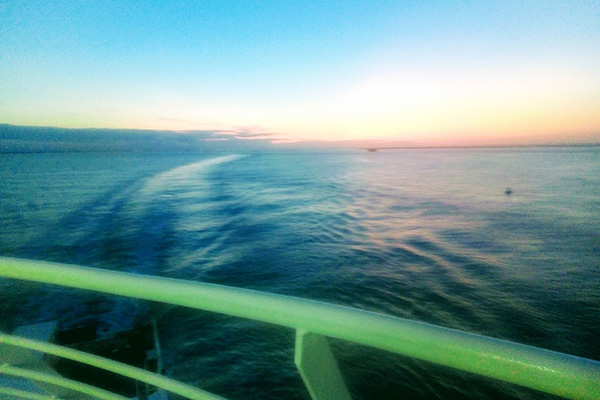
View from the ferry, between Hull and Rotterdam.
Photo © Tammie White
Having departed from the ferry at Rotterdam I drove through the Netherlands visiting points along the way. The first was the Natuurpoort de Biesbosch, Vissershang in the Netherlands and a great place to visit. This nature park is more than 90 square kilometres, and I found it great for walking, cycling and enjoying nature. I was particularly interested to learn that the European beaver was reintroduced into Biesbosch Nature Park in 1988, after more than a century of being extinct in the Netherlands. Beavers are an important keystone species of ecosystems, having a great impact on river systems. They slow down the river course, allowing fish eggs to survive and thereby allowing larger animals, which depend on these fish, to thrive within the feeding relationships known as a trophic cascade.
Another interesting stop in the Netherlands is Snow World in Landgraaf, a great place for indoor skiing and snowboarding. For a day or two, I found it very addictive! On my first trip to Bavaria, I also took a detour and visited Heider Bergsee near Brühl, in North Rhine-Westphalia, where there are beautiful lakes where you can camp. This detour was great for the few days I had to spare on the way to Bavaria!
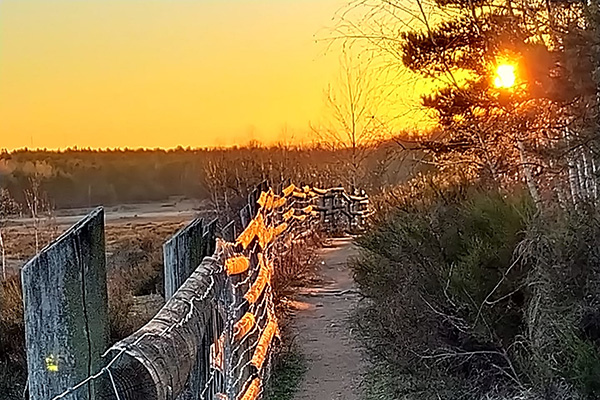
Tennenloher Forest
Photo © Tammie White
The school where I was teaching is located opposite “Tennenloher Forst“, the “largest Middle Franconian nature reserve”, which was a great walking and cycling escape after a long day! The reserve is home to Przewalski primaeval wild horses (Equus Przewalski), considered extinct in the wild, since the 1970s. Their genetic heritage dates from 1427, and these horses are a critical ancestral line of the horses bred today. I would often visit the wild boar (Sus scrofa), and in the springtime, during my time here, I would look forward to visiting the new piglets! Tennenloher forest is also home to Swiss peacock goats (Prunus serotina) which are allowed to graze within the forest.
During my third week at the school, I was asked to take students on a hiking adventure through the Alps. We stayed at an outward-bound educational centre in Baad, of the Kleinwalsertal region. This involved hiking past Hohenschwangau castle and through the Kleinwalsertal area of the Alps for a few days, sleeping in mountain huts along the way. This part of the Alps is a great place to visit, where alpine salamanders can be spotted (Salamandra atra). The morning dew made for some spectacular morning scenery from the centre in Baad. Of course, there are many great hiking routes in the Alps to explore, but this was my first.
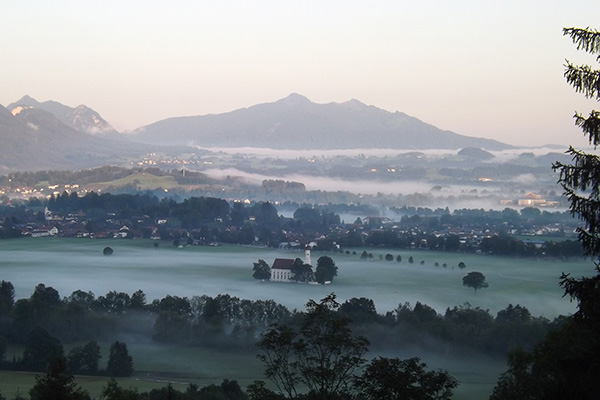
View from the Outward-bound centre in Baad.
Photo © Tammie White
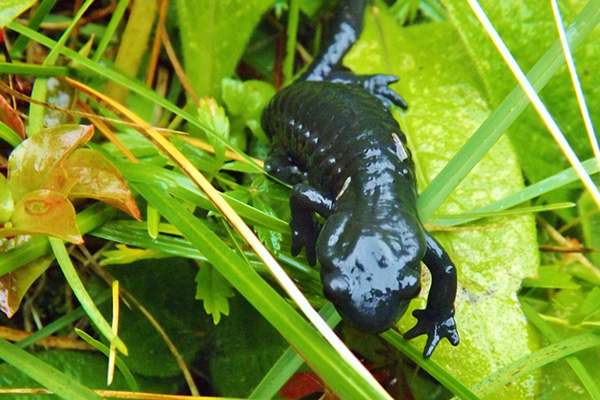
An alpine salamander (Salamandra atra).
Photo © Tammie White
I am going to leave you with my favourite location, a hidden forest in Luisenburg. Set behind the most unlikely of places, a modern theatre. The Felsentheater Luisenburg, is an ancient forest, covered in moss, frog pools and ancient architecture adorning the pathways, even King Ludwig inscriptions marking the stones. It truly gives you the feeling that you have travelled back in time. Best visited with no one else around so you can relish the pure serenity within nature.
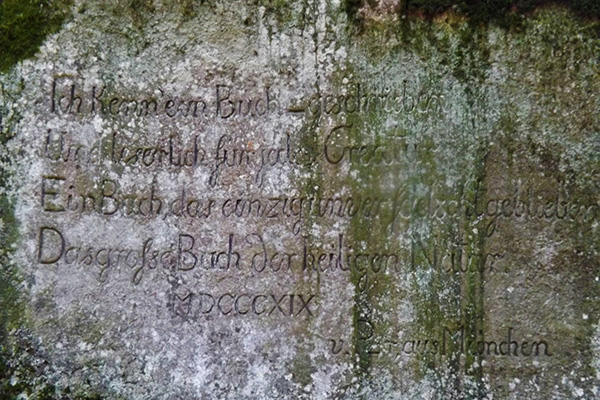
Ich kenn ein Buch – geschrieben
Und leserlich für jede Creatur
Ein Buch, das einzig unverfälscht geblieben
Phot © Tammie White Das große Buch der heiligen Natur.
MDCCCXIX
v. P_r aus München
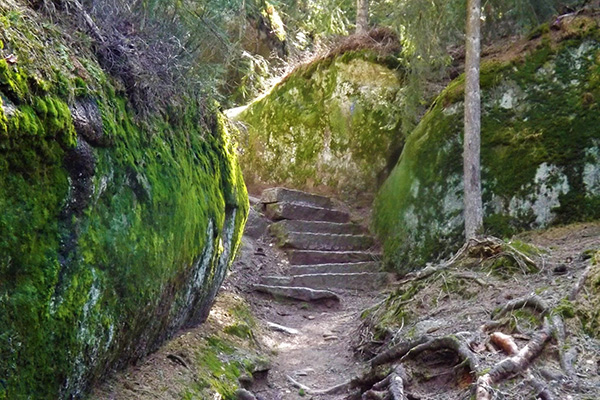
Felsentheater Luisenburg
Photo © Tammie White


